Introduction
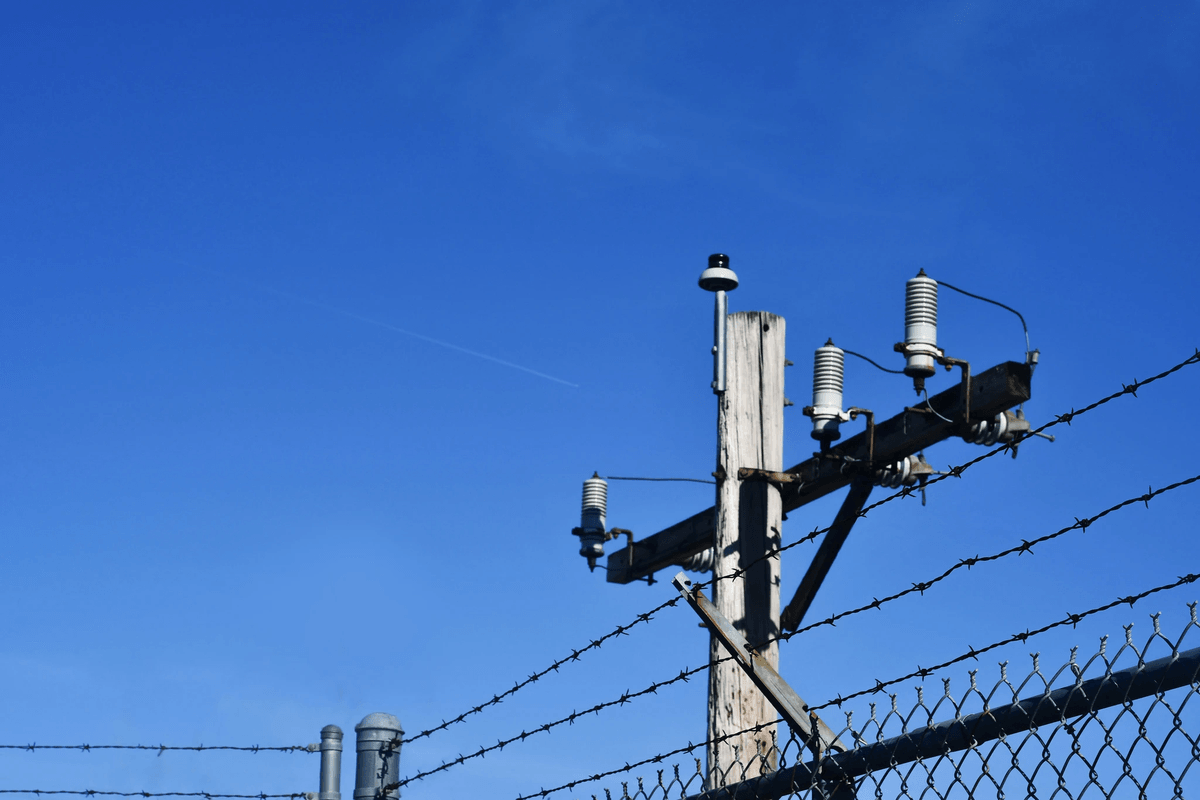
In the world of electrical engineering, the guard ring in transmission lines plays a crucial role in ensuring efficiency and safety. These ingenious structures provide a layer of protection that is essential for high-voltage systems. Understanding what a guard ring is and how it functions can help engineers design more reliable transmission networks.
Understanding Guard Rings in Transmission Lines
A guard ring in transmission lines is an innovative solution designed to manage electrical fields effectively. By creating a controlled environment around conductors, guard rings minimize the risk of electrical stress and potential failures. This understanding sets the stage for exploring their purpose and functionality in modern power distribution systems.
Importance of Electrical Insulation
Electrical insulation is vital for preventing unwanted current flow and protecting equipment from damage. Without proper insulation, systems can experience voltage fluctuations that may lead to catastrophic failures or safety hazards. This highlights the necessity of integrating features like guard rings in transmission lines to enhance overall system reliability.
Overview of Guard Ring Functions
The primary function of a guard ring is to manage electric fields around conductors, ensuring that voltage levels remain stable under various conditions. They also play a significant role in reducing partial discharge, which can erode insulation over time. By understanding these functions, we can appreciate how critical guard rings are to maintaining the integrity of transmission lines.
What is a Guard Ring in Transmission Line
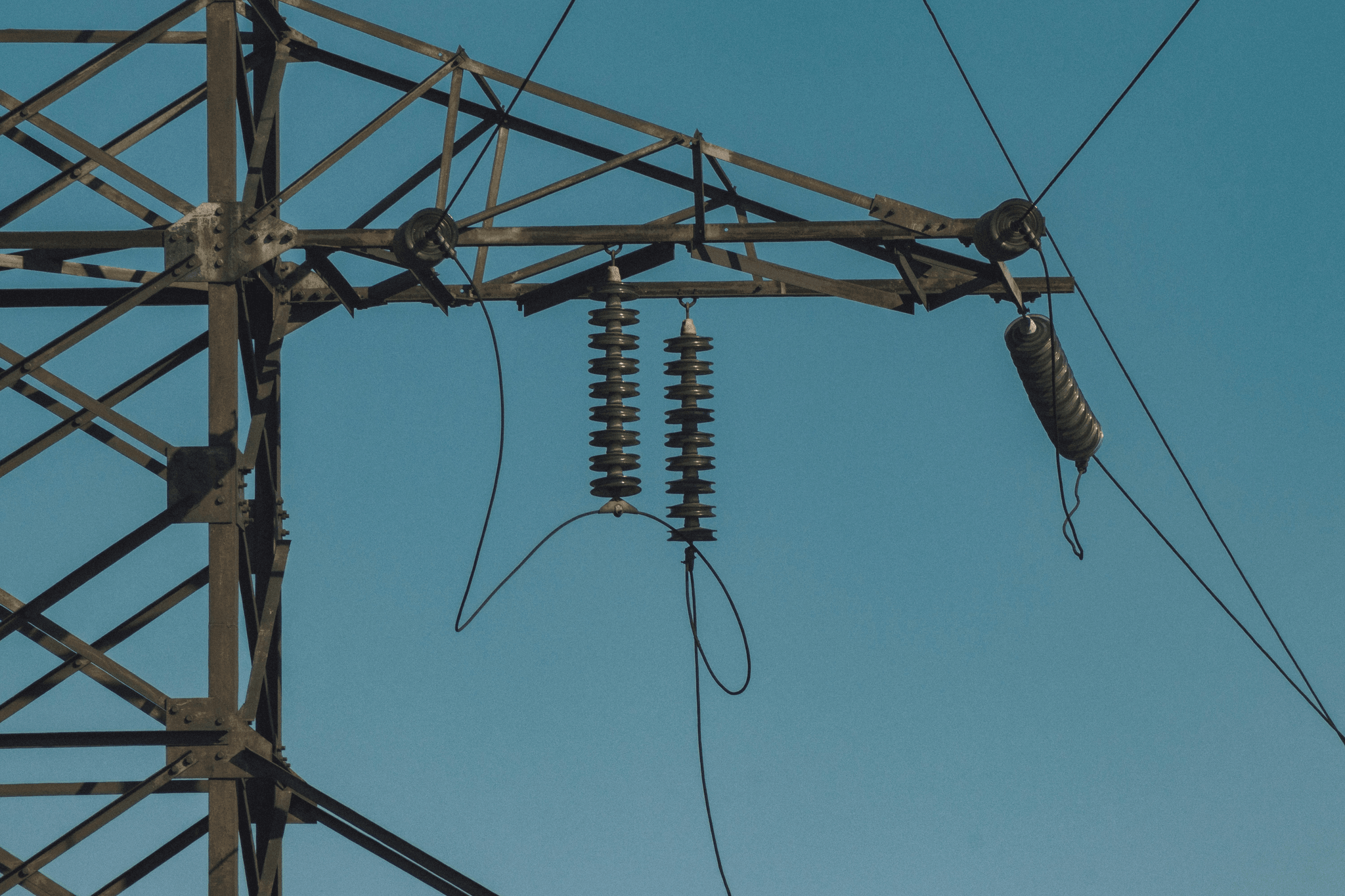
When we talk about the guard ring in transmission lines, we're diving into an essential component that enhances the overall performance and reliability of electrical systems. A guard ring is a conductive element strategically placed around a conductor to manage electrical fields and protect against various stressors. Its composition typically includes materials such as metal or conductive polymers, designed to withstand high voltage conditions while maintaining effective insulation.
Definition and Composition
At its core, the guard ring in transmission line technology serves as a protective barrier that helps control electric fields around conductors. It is usually composed of metals like copper or aluminum, which are excellent conductors of electricity, ensuring efficient performance under high-voltage conditions. The design can vary based on specific applications but generally features a circular or annular shape that encircles the primary conductor.
Historical Development
The concept of using guard rings dates back several decades when engineers began recognizing their value in enhancing electrical performance and safety in transmission lines. Initially developed for high-voltage applications, these rings have evolved significantly over time with advancements in materials science and engineering techniques. Today, the integration of guard rings has become standard practice across various industries, reflecting their importance in modern electrical infrastructure.
Common Applications
Guard rings are commonly employed in numerous applications ranging from power distribution systems to telecommunications infrastructure. In high-voltage transmission lines, they play a vital role by mitigating electrical stress and reducing the risk of partial discharge events. Additionally, you’ll find them used extensively in capacitors and insulators where managing electric fields is crucial for maintaining system integrity and longevity.
What is the Purpose of the Guard Ring in the Transmission Line?
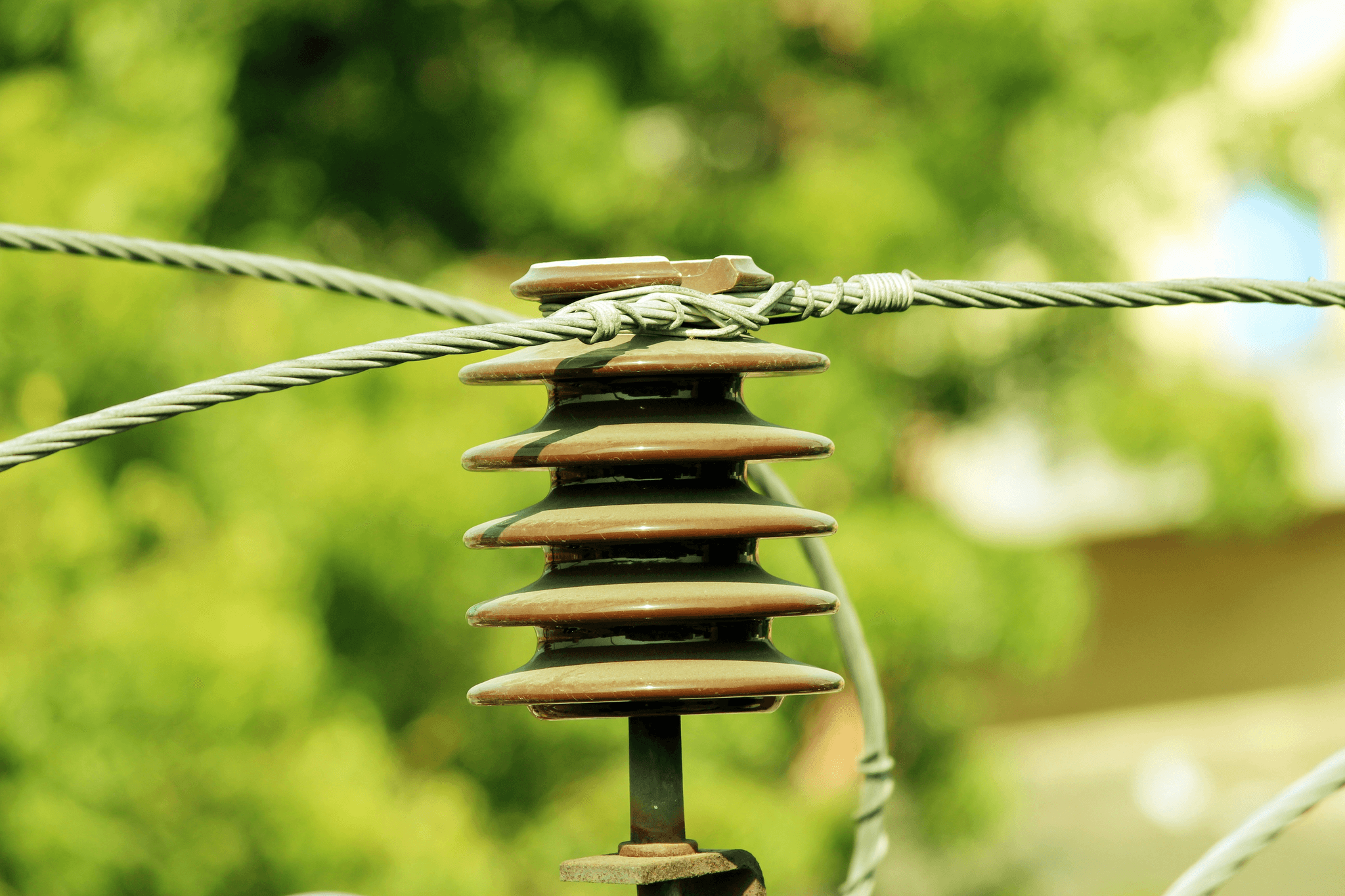
The guard ring in transmission lines serves several critical purposes that enhance overall system performance and reliability. Understanding what is the purpose of the guard ring in the transmission line helps engineers design better systems that can withstand various electrical challenges. From improving electrical performance to minimizing partial discharge, these rings play a crucial role in modern power distribution.
Enhancing Electrical Performance
One of the primary purposes of a guard ring in transmission lines is to enhance electrical performance. By managing electric fields more effectively, guard rings help ensure that voltage levels remain stable across the line, which is essential for efficient energy transfer. This stability not only improves overall system efficiency but also contributes to lower energy losses during transmission.
Moreover, what is the function of a guard ring? It acts as a buffer that redistributes electrical stress across its surface, preventing localized high-stress areas from forming on insulation materials. This redistribution leads to better performance under varying load conditions and enhances operational reliability over time.
Reducing Electrical Stress
Reducing electrical stress is another significant benefit provided by guard rings in transmission lines. High-voltage systems are particularly susceptible to stress-induced failures, which can lead to catastrophic outages or equipment damage. The presence of a guard ring helps mitigate these risks by creating an environment where electrical fields are evenly distributed.
What are the rings in transmission lines? They serve as protective barriers that intercept high-stress points and redirect them away from sensitive components like insulators and cables. This proactive approach not only extends equipment lifespan but also minimizes maintenance costs associated with unexpected failures.
Minimizing Partial Discharge
Minimizing partial discharge (PD) is crucial for maintaining system integrity and longevity, making it one of the primary purposes of a guard ring in transmission lines. Partial discharges can lead to insulation breakdown over time, resulting in costly repairs or even catastrophic failures if left unchecked. Guard rings effectively limit PD by providing an alternate pathway for electric fields, thereby reducing their intensity around vulnerable areas.
In addition to protecting against PD, understanding what is the grading guard ring in a transmission line reveals its importance for high-voltage applications where such issues are prevalent. By incorporating grading techniques into their design, engineers can further enhance protection against partial discharges while ensuring optimal performance across various operating conditions.
What is the Function of a Guard Ring?

The guard ring in transmission lines plays a pivotal role in ensuring efficient and reliable electrical performance. By managing electrical fields, protecting against voltage fluctuations, and enhancing system longevity, guard rings are integral to modern transmission line design. Understanding what is the function of a guard ring can illuminate their importance in high-voltage applications.
Electrical Field Management
One of the primary functions of a guard ring in transmission lines is electrical field management. It effectively redistributes electric fields around conductors, minimizing peak electric stress points that can lead to insulation failure or partial discharge. This strategic placement helps ensure that the electric field remains uniform, ultimately enhancing the overall efficiency of power transmission.
Moreover, by controlling how electric fields interact with surrounding materials, guard rings help prevent unintended arcing or breakdowns that could compromise system integrity. This is particularly crucial when considering what is the purpose of the guard ring in the transmission line—it's all about maintaining safe operational conditions under varying loads and environmental influences. Thus, effective electrical field management through these rings contributes significantly to reliable power delivery.
Protection Against Voltage Fluctuations
Another vital role of a guard ring in transmission lines is its ability to protect against voltage fluctuations. Transmission systems often experience sudden changes in load or external disturbances that can cause voltage spikes or dips; here’s where guard rings come into play. They act as buffers that absorb these fluctuations, preventing them from affecting sensitive equipment connected to the system.
In essence, understanding what are the rings in transmission lines reveals their protective capabilities against transient voltages that could otherwise lead to equipment failure or costly downtime. The presence of a grading guard ring further enhances this protection by providing additional layers of defense against extreme voltage conditions typically found in high-voltage systems. Therefore, these rings not only safeguard equipment but also contribute to uninterrupted power supply continuity.
Improving System Longevity
Lastly, one cannot overlook how a guard ring improves system longevity within transmission lines. By reducing electrical stress and mitigating risks associated with voltage fluctuations, these structures significantly extend the lifespan of both insulation materials and associated components within electrical systems. The cumulative effect leads to lower maintenance costs and enhanced reliability over time—an essential aspect for utilities aiming for sustainability.
Furthermore, as we delve deeper into what is the grading guard ring in a transmission line, it becomes evident that such innovations are designed specifically for high-voltage applications where durability is paramount. These advancements not only optimize performance but also ensure systems remain operational for longer periods without requiring extensive repairs or replacements—a win-win scenario! Ultimately, investing in effective guard rings translates into long-term benefits for energy providers and consumers alike.
What Are the Rings in Transmission Lines?
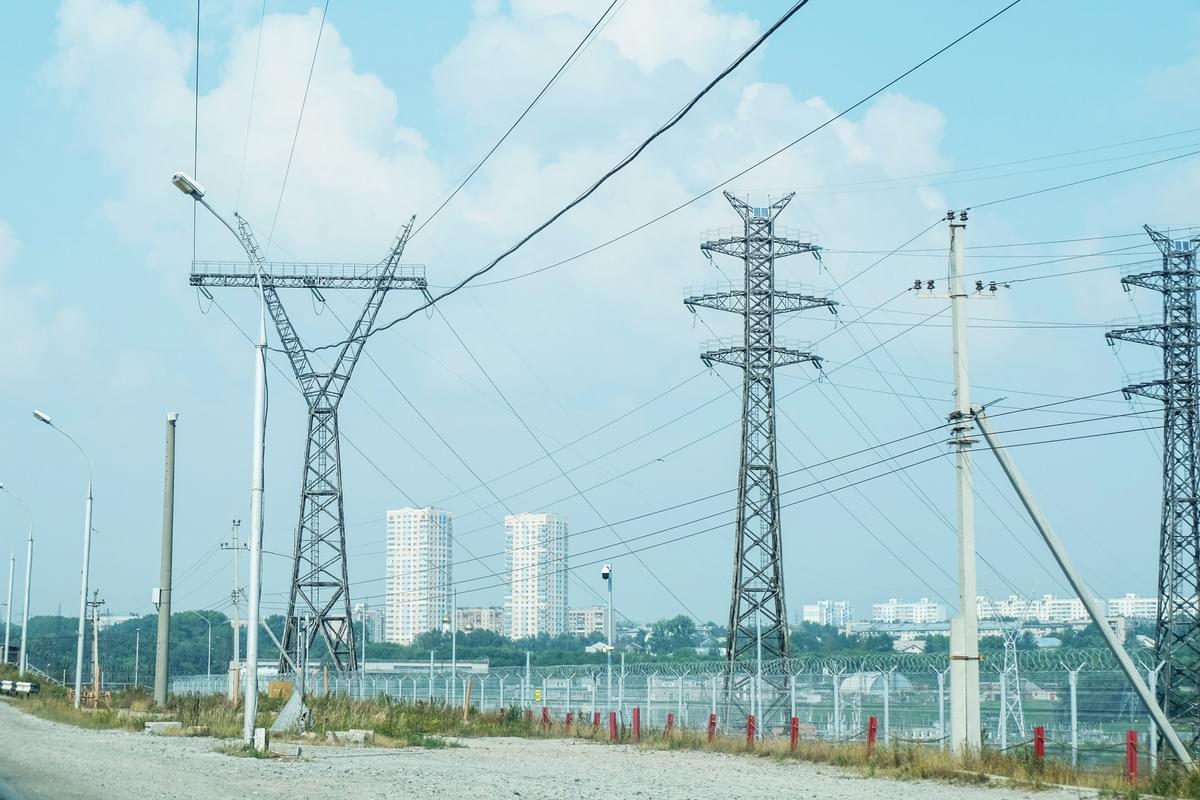
In the realm of transmission lines, rings play a pivotal role in ensuring efficient power distribution and enhancing electrical performance. These rings, including guard rings, are strategically placed to manage electric fields and improve system reliability. Understanding what these rings are and how they function can shed light on their significance in modern electrical infrastructure.
Types of Rings Explained
When discussing what are the rings in transmission lines, it’s essential to recognize that various types exist, each serving specific purposes. The most notable among them is the guard ring in transmission line applications, designed to mitigate electrical stress and protect sensitive components from voltage fluctuations. Other types include grading rings, which help distribute electric fields evenly along high-voltage lines, thus preventing potential breakdowns.
Additionally, there are corona rings that help reduce corona discharge—a phenomenon that can lead to energy loss and equipment damage. Each type of ring contributes uniquely to enhancing overall system performance while addressing different challenges associated with high-voltage environments. Therefore, understanding these distinctions is crucial for engineers when designing robust transmission systems.
Role in Power Distribution
The role of these rings in power distribution cannot be overstated; they act as guardians against electrical anomalies that could compromise system integrity. Specifically, the guard ring in transmission line setups serves to enhance electrical performance by creating a controlled environment for current flow. This results not only in improved efficiency but also minimizes risks associated with partial discharge—a common issue faced by high-voltage systems.
Moreover, these rings assist in maintaining voltage stability across long distances by managing electric field gradients effectively. By doing so, they facilitate smoother energy transfer from generation points to end-users while reducing maintenance costs related to insulation failures or equipment malfunctions. In essence, the strategic placement of various types of rings significantly boosts the reliability and longevity of power distribution networks.
Comparison with Conventional Insulation
When comparing traditional insulation methods with modern ring configurations like guard rings in transmission lines, several advantages emerge that highlight their superiority. Conventional insulation often relies solely on dielectric materials which can degrade over time under high-stress conditions; this leads to increased risk of failure and costly downtime for repairs or replacements. In contrast, incorporating a guard ring provides an additional layer of protection by managing electric fields more effectively than standard insulation alone.
Furthermore, while conventional insulation may require thick layers to withstand high voltages—thereby increasing material costs—guard rings allow for thinner insulating materials without compromising safety or performance standards. This innovative approach not only reduces weight but also enhances overall design flexibility within electrical systems—an attractive benefit for engineers looking for efficiency without sacrificing reliability.
In summary, understanding what is the function of a guard ring helps clarify its vital contribution within transmission lines compared to traditional methods; it’s all about smarter design choices leading toward better outcomes.
What is the Grading Guard Ring in a Transmission Line?
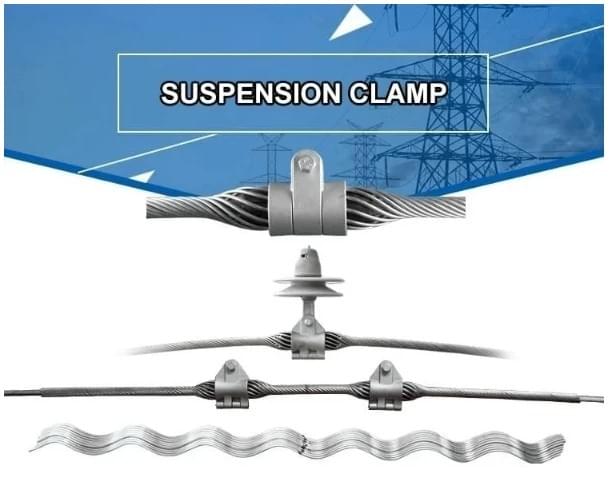
When discussing the intricacies of transmission lines, one cannot overlook the significance of a grading guard ring. This specialized component serves as an essential part of the electrical insulation system, particularly in high voltage applications. Understanding what a grading guard ring is can illuminate its critical role in enhancing the overall performance and reliability of transmission lines.
Functionality and Design
The grading guard ring in a transmission line functions primarily to manage electrical fields around high voltage conductors. By distributing electrical stress more evenly across the insulating materials, it mitigates potential hotspots that could lead to insulation failure. The design typically features conductive rings positioned strategically along the insulation, creating a more uniform electric field that enhances stability and reduces risks associated with voltage fluctuations.
In essence, what is the purpose of the guard ring in the transmission line? It acts as an effective shield against disruptive electrical phenomena while ensuring that voltage levels remain consistent throughout operation. This functionality is crucial for maintaining system integrity and prolonging equipment lifespan.
Benefits for High Voltage Systems
High voltage systems face unique challenges due to extreme electrical stresses and environmental factors; hence, incorporating a grading guard ring provides several advantages. Firstly, it significantly reduces electrical stress on insulators by spreading out electric fields, which minimizes chances of breakdown or partial discharge events—key concerns in high voltage applications.
Moreover, this component plays a vital role in enhancing safety by preventing arcing or flashover incidents that could compromise both equipment and personnel safety. The presence of a guard ring in transmission lines not only boosts operational efficiency but also contributes to long-term reliability—essential traits for any robust power distribution network.
Case Studies on Performance
Several case studies underscore the effectiveness of grading guard rings within high-voltage transmission systems across various industries. For instance, one utility company reported a dramatic decrease in maintenance costs after integrating grading guard rings into their existing infrastructure; failures related to insulation breakdown dropped significantly within just two years post-implementation.
Another study focused on renewable energy projects showed that wind farms utilizing these advanced components experienced fewer outages due to improved electrical field management compared to traditional setups without them. These examples illustrate how understanding what are the rings in transmission lines—and specifically how grading guard rings function—can lead to tangible benefits such as enhanced performance and reduced operational risks.
Conclusion
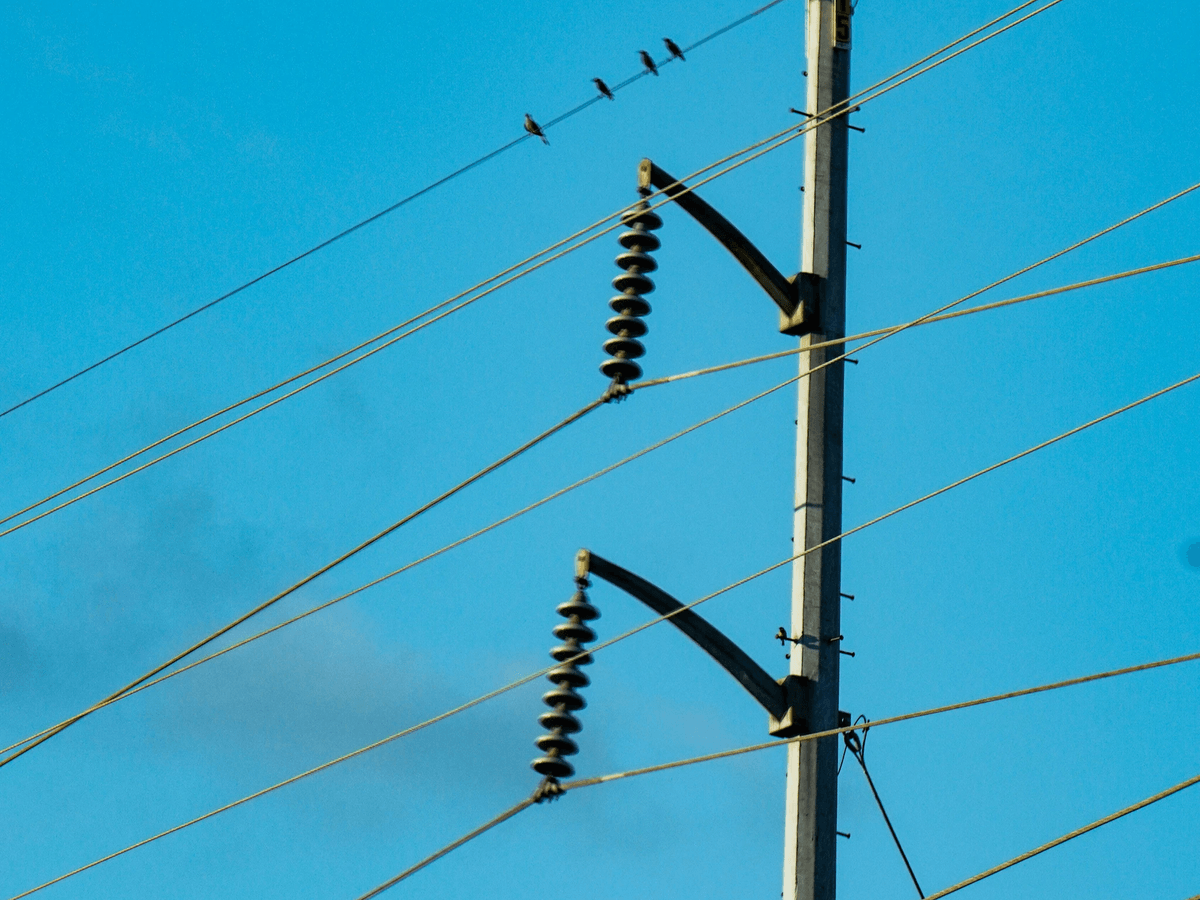
In wrapping up our exploration of the guard ring in transmission line technology, it’s clear that these structures serve multiple essential functions. They enhance electrical performance, reduce electrical stress, and minimize partial discharge, which are critical for maintaining system integrity. Understanding what is the purpose of the guard ring in the transmission line allows engineers to design more robust systems capable of withstanding high voltage challenges.
Key Takeaways on Guard Ring Importance
The significance of a guard ring in transmission lines cannot be overstated; it plays a pivotal role in managing electrical fields and ensuring reliable operation under varying conditions. By effectively distributing voltage and reducing stress concentrations, these rings help prevent failures that could lead to costly downtimes or safety hazards. Moreover, knowing what is the function of a guard ring empowers engineers to innovate further within this domain.
Future Trends in Transmission Line Technology
Looking ahead, future trends indicate that advancements in materials science will enhance the capabilities of guard rings even further. Innovations such as smart grids and improved monitoring technologies will likely integrate with traditional designs to optimize performance dynamically. As we explore what are the rings in transmission lines today, it’s exciting to anticipate how these developments will shape tomorrow's energy infrastructure.
Spark Fittings' Role in Transmission Solutions
Spark fittings play an essential role alongside guard rings by providing additional safety measures and ensuring connectivity between components within a transmission system. Their ability to withstand harsh conditions complements the protective features offered by grading guard rings in a transmission line, which are specifically designed for high-voltage environments. As we continue to refine our understanding of what is the grading guard ring in a transmission line, it's evident that both spark fittings and guard rings are crucial for future-proofing our power distribution networks.

